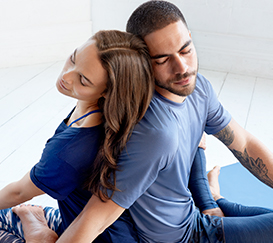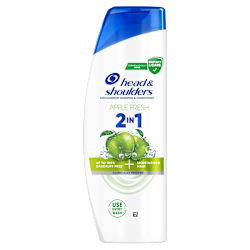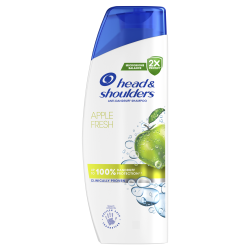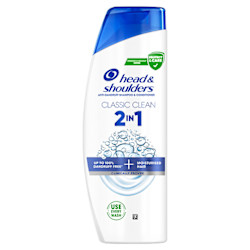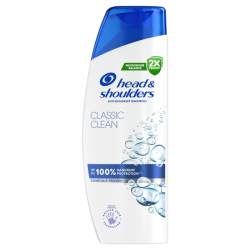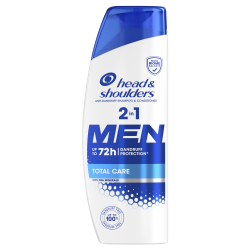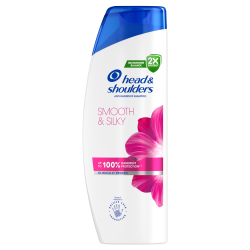A dandruff sufferer’s guide to hats
In this article:
- Go to sectionHATS AND DANDRUFF
- Go to sectionWORRY FREE HAT USAGE
- Go to sectionHAT ITCH – WHAT IS IT AND HOW TO PREVENT IT
- Go to sectionPREVENTING ITCH IS EASY
- Go to sectionDO YOU HAVE SENSITIVE SKIN?
- Go to sectionSWIMMING CAPS AND DANDRUFF?
- Go to sectionHAIR CARE FOR SWIMMERS
- Go to sectionSWIMMERS HAIR PROTECTION GUIDE
From baseball caps to fedoras, and from cowboy hats to flat caps to beanies, the last decade or so has seen a definite upswing in the popularity of long-ignored head gear styles. A good hat is undeniably stylish, but if you suffer from dandruff it could be making the problem worse. Find out why and what to do about it.
Dandruff is caused by the microbe, Malassezia globosa. This microbe lives on all our heads, but about half of us are sensitive to its effects. This can lead to symptoms that include:
itchiness
white flakes in the hair
red scalp
It’s not too difficult a problem to deal with, luckily.
A good dandruff shampoo will help control the cause of dandruff while easing its symptoms.
Unfortunately, a hat can make the problem worse.

HATS AND DANDRUFF
Your scalp is more than simply skin and hair. Rather, it’s a complex environment that is susceptible to external factors, like hats.
Wearing a hat for lengthy periods creates a warm and humid microclimate on the scalp. As the head heats up, moisture is trapped – and the humidity is the ideal environment for microbes like Malassezia globosa.
This can lead to flare-ups in dandruff, or it can worsen existing dandruff (not ideal if you’re wearing a hat to hide your dandruff). But it’s worth remembering that wearing a hat can’t cause dandruff – if you’re not sensitive to oleic acid, you’ll be fine.
WORRY FREE HAT USAGE
The first, and simplest thing to do is to take your hat off.
Giving your hair and scalp time to air will drastically reduce Malassezia globosa’s ability to cause problems, so going bare-headed every now and again is well worth it.
Next, make sure you’re using a shampoo designed to help keep you dandruff free.
Depending on how often you wear your hat, you may want to wash your hair a little more frequently. Not only will this help keep your dandruff under control, it will wash away any build-up caused by sweat.
That way, you can have your hat and wear it, too.
HAT ITCH – WHAT IS IT AND HOW TO PREVENT IT

Scalp itch could be a sign of dandruff. That itchy sensation could indicate that the dandruff-causing microbe is thriving and breaking down oils on your scalp into substances that cause discomfort.
This whole process can be made worse by wearing a hat – the warm, humid microclimate created by wearing a hat allows this microbe to thrive, and could lead to a dandruff flare-up.
The itch might be particularly bad in winter if you wear a woolly hat that keeps your scalp warmer than usual.
Sweat can build up on the scalp and break down into substances that exacerbate the discomfort.
PREVENTING ITCH IS EASY
Head & Shoulders Itchy Scalp Care Shampoo not only washes away dirt, grease and sweat that can bother your scalp, but also protects your scalp from itch triggers in-between washes – even when you’re wearing your favourite hat.
Use it on a regular basis to protect yourself against dandruff and help keep the itch at bay.
DO YOU HAVE SENSITIVE SKIN?
If you’ve tried our itchy scalp shampoo and the problem hasn’t got any better, it could be caused by something other than dandruff – like your detergent.
Hats stay very close to the delicate skin on your scalp, so any substances left on the material from washing could easily transfer to your skin and trigger sensitivity.
Try changing to a gentler detergent and see if this helps.
It could even be the material itself that doesn’t agree with your skin. A particularly woolly or rough hat might cause friction with your skin and provoke scalp discomfort.
SWIMMING CAPS AND DANDRUFF?
If you’re a dedicated swimmer, you almost certainly use a swimming cap. But how does that affect dandruff?
Every swimmer has some idea of the dangers that public and gym pools can pose for hair. Thanks to the cocktail of chemicals used to keep the water clear, your hair and scalp can easily become damaged.
Some people try to combat this with a swimming cap. The idea is simply to put a barrier between your scalp and the harsher environment around it. But can this affect dandruff?
To find out, we’ll look first at what causes dandruff before considering the pros and cons of swimming caps.
HAIR CARE FOR SWIMMERS
A big culprit for damage in the pool is one we all know: chlorine.
Chlorine is a very effective disinfectant, so its use in pools is important for health reasons. Unfortunately, it can also affect your eyes, skin, and scalp. Chlorine also degrades proteins in the hair fibre, making it rougher and more prone to damage (sound familiar?).
Swimming often has the effect of not only sensitizing the scalp, but also drying it out, leading to dandruff-like symptoms. It could also make existing dandruff symptoms worse, since dandruff skin is weaker and easily aggravated.
A common solution to these problems is a swimming cap. But it doesn’t keep the water out very well, and it might not be enough on its own.
SWIMMERS HAIR PROTECTION GUIDE
Swimming caps bring the same problems for dandruff sufferers as hats do. Covering the hair – especially in the midst of exercise – creates a warm, humid environment that’s ideal for malassezia to proliferate and cause problems.
So what’s a swimmer to do? Before swimming, thoroughly wet your hair with ordinary tap water- NOT pool water. Your hair will absorb this water, and be less likely to absorb the chlorinated water. Apply a leave-in conditioner over top for added protection, and to help with post-swim detangling. Then apply the swim cap- it will help prevent tangling and minimise exposure to chlorine.
Follow up your swim by washing your hair with a good dandruff shampoo to make sure any chlorine is washed out, and to help keep your scalp protected from dandruff triggers. Finally, use a conditioner, to keep your hair and scalp feeling moisturised.

